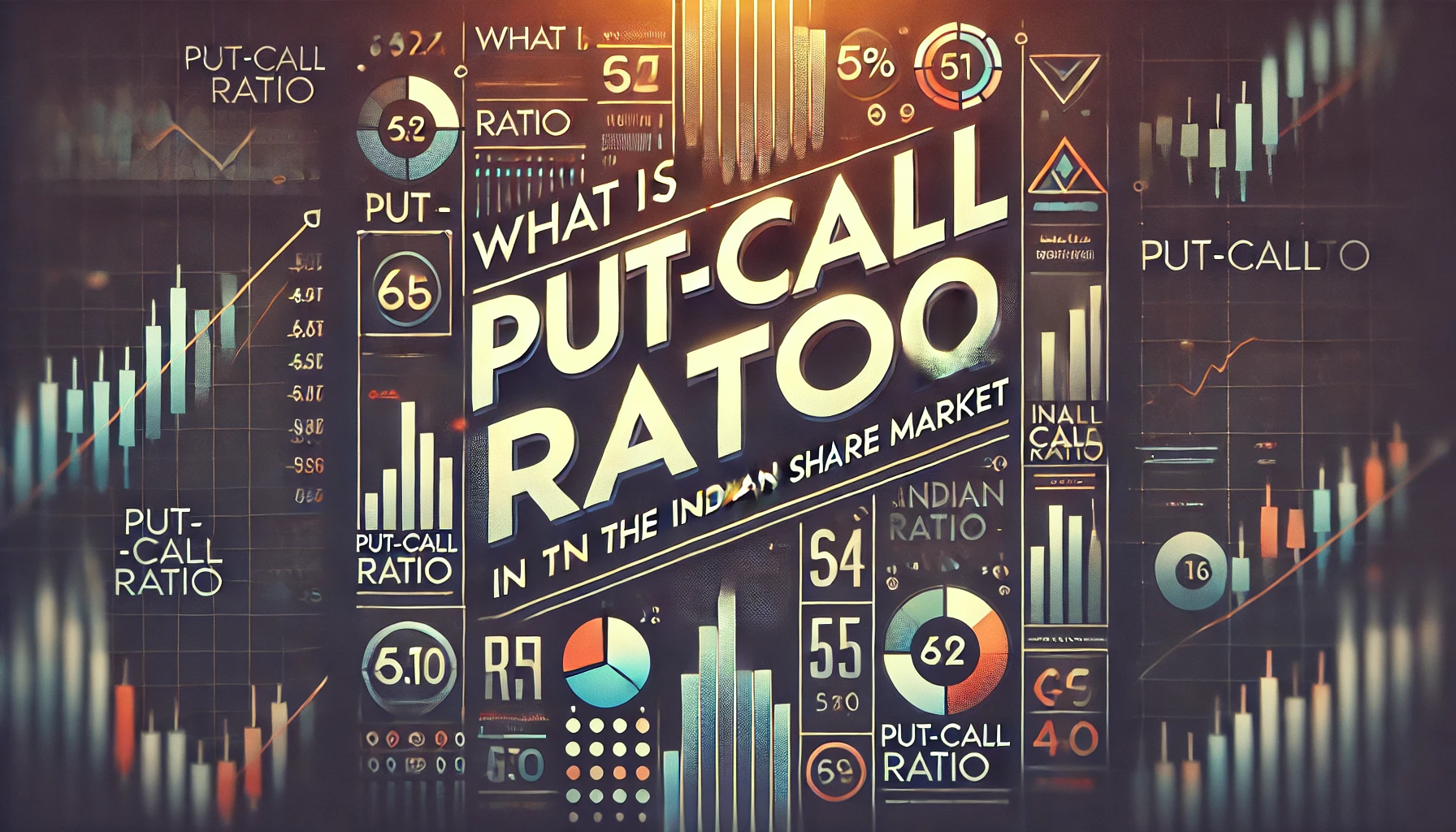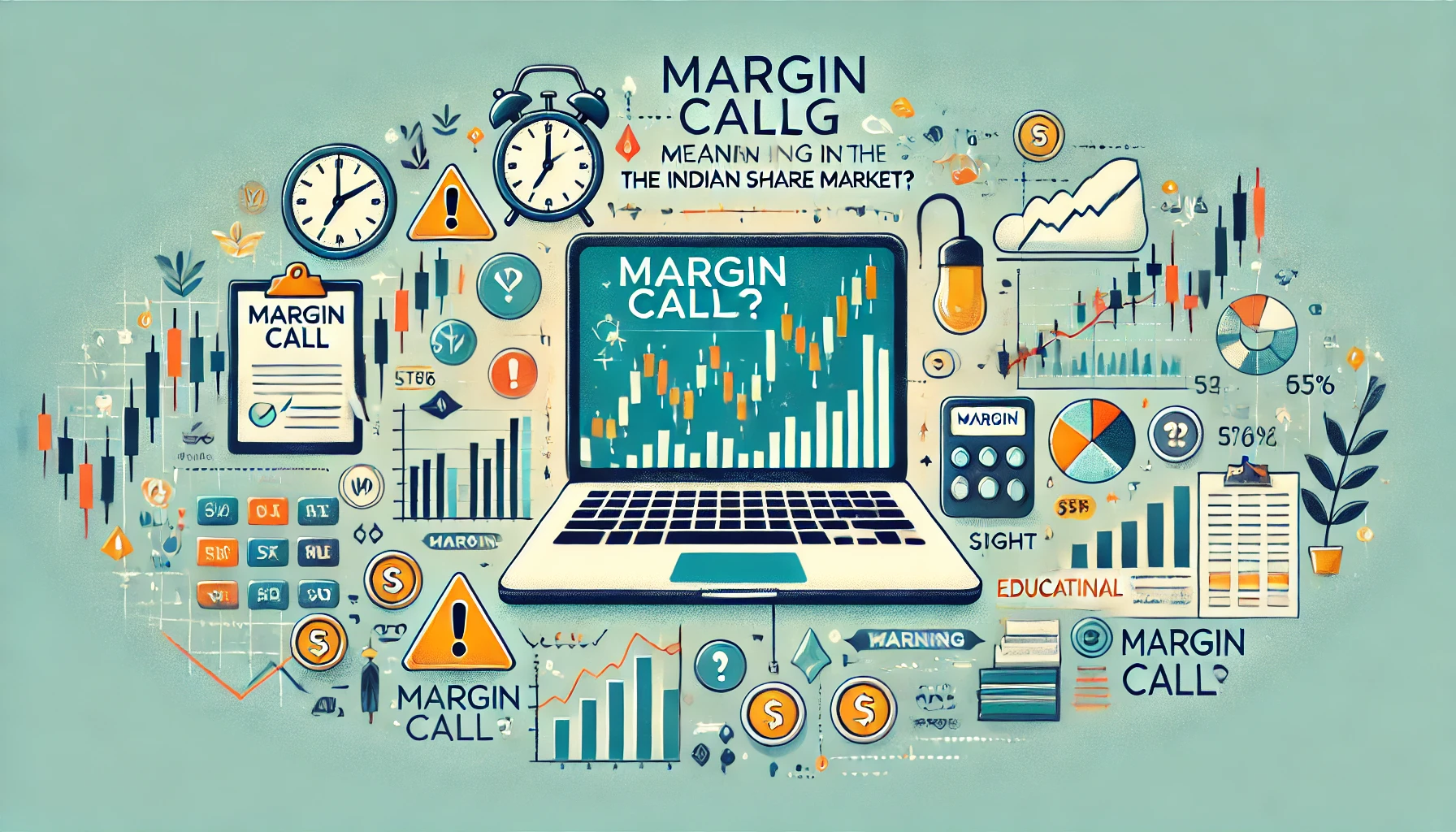The Indian share market is full of strategies and theories that traders use to predict market behavior. One such theory, particularly relevant in options trading, is the Max Pain Theory. This concept is often discussed among options traders as it helps in predicting where the stock price might settle at expiration, maximizing the loss for options holders.
In this detailed guide, we will explore the Max Pain Theory, its relevance in the Indian share market, and how traders can use this tool to make informed decisions. We’ll also dive into historical data, provide practical examples, and explain why this theory is essential for options traders.
What is Max Pain Theory?
Max Pain Theory, also known as the theory of maximum pain, is a concept in options trading that suggests the underlying asset’s price will gravitate toward the strike price where the greatest number of options contracts (both calls and puts) will expire worthless. In other words, it proposes that the market price tends to move toward a point where the maximum financial loss is inflicted upon the largest number of options traders.
The theory is based on the idea that options writers (those who sell options) have an incentive to push the price toward this “max pain” point, as it benefits them if most options expire worthless.
Key Points of Max Pain Theory:
- Strike Price: The price level where an options contract can be exercised.
- Max Pain Point: The strike price where the largest number of options contracts are open (both calls and puts), causing the maximum number of contracts to expire worthless.
- Expiration Date: The date on which the options contracts expire.
How Does Max Pain Theory Work?
Max Pain Theory works by analyzing the open interest of options contracts at various strike prices. Open interest refers to the total number of options contracts that are currently open (not yet exercised or closed). The theory assumes that as the expiration date approaches, the price of the underlying asset will move toward the strike price where the highest number of options contracts will result in maximum financial pain for option buyers.
Here’s a step-by-step explanation of how Max Pain Theory works:
- Identify Open Interest: The first step in applying Max Pain Theory is to analyze the open interest of both call and put options at various strike prices for a given underlying asset.
- Calculate Max Pain Point: The max pain point is determined by calculating the total dollar value of the options that would expire worthless at each strike price. The strike price with the highest total dollar value represents the max pain point.
- Price Movement Toward Max Pain: As the expiration date approaches, the theory suggests that the price of the underlying asset will move toward the max pain point, causing the most financial loss for options buyers.
Example of Max Pain Theory in Action
Let’s take an example from the Nifty 50 index to understand how Max Pain Theory works in practice.
Scenario:
- Underlying Asset: Nifty 50 Index
- Expiration Date: 29-June-2023
- Max Pain Point: ₹17,500
In this scenario, let’s say there are a significant number of open call and put options at various strike prices. By analyzing the open interest data, the strike price of ₹17,500 is identified as the max pain point, where the highest number of contracts would expire worthless.
As the expiration date approaches, traders may observe that the Nifty 50 index price starts to move toward ₹17,500, causing most of the options contracts at other strike prices to lose value.
| Strike Price | Open Call Interest | Open Put Interest | Total Open Interest |
|---|---|---|---|
| ₹17,000 | 50,000 | 30,000 | 80,000 |
| ₹17,500 | 70,000 | 60,000 | 130,000 |
| ₹18,000 | 40,000 | 35,000 | 75,000 |
In this table, the strike price of ₹17,500 has the highest total open interest, indicating that this is the max pain point.
Importance of Max Pain Theory in the Indian Share Market
Max Pain Theory holds significant importance in the Indian share market, especially for options traders. Here’s why:
- Predicting Price Movements: While not infallible, Max Pain Theory can give traders a sense of where the market might head as the expiration date nears. It helps in understanding the likely price range for the underlying asset.
- Strategic Trading Decisions: By identifying the max pain point, traders can adjust their strategies, such as closing positions early, initiating new positions, or adjusting their hedges.
- Understanding Market Sentiment: The open interest data that forms the basis of Max Pain Theory provides insight into market sentiment, showing whether more traders are buying calls (bullish sentiment) or puts (bearish sentiment).
- Managing Risk: For traders, especially those writing options, Max Pain Theory can help manage risk by giving them an idea of the price levels where the most options will expire worthless.
Max Pain Theory: Historical Examples in India
Let’s take a look at some historical data on how Max Pain Theory has played out in the Indian share market.
| Expiration Date | Nifty 50 Max Pain Point (₹) | Actual Expiry Price (₹) | Observation |
|---|---|---|---|
| 28-Feb-2022 | ₹16,800 | ₹16,810 | Price moved toward max pain |
| 30-Apr-2022 | ₹17,200 | ₹17,180 | Strong convergence |
| 31-Aug-2022 | ₹17,500 | ₹17,530 | Near match with max pain |
In these examples, we can see that the Nifty 50 index’s actual price at expiration closely matched the identified max pain points, indicating the relevance of Max Pain Theory in predicting price movements.
How to Use Max Pain Theory for Trading
Traders can use Max Pain Theory to make informed decisions when trading options. Here’s how:
- Analyze Open Interest: Start by analyzing the open interest of both call and put options at various strike prices. Look for the strike price where the total open interest is the highest.
- Identify the Max Pain Point: Once you’ve analyzed the open interest data, identify the strike price with the highest total open interest. This is your max pain point.
- Watch for Price Movements: As the expiration date approaches, watch how the underlying asset’s price behaves. If the price starts moving toward the max pain point, you may want to adjust your trading strategy.
- Set Up Strategic Trades: Use the max pain point to set up strategic trades, such as closing or adjusting positions, initiating new trades in line with expected price movements, or using options spreads.
Limitations of Max Pain Theory
While Max Pain Theory can be a valuable tool, it also has its limitations. Here are a few key considerations:
- Not Always Accurate: The market doesn’t always move toward the max pain point, especially in the face of unexpected news, economic events, or extreme volatility.
- Short-Term Prediction: Max Pain Theory is primarily useful for predicting short-term price movements as expiration nears. It is less effective for long-term forecasting.
- External Market Forces: External forces such as earnings reports, geopolitical events, and government policy changes can override the influence of options open interest, making the theory less reliable.
- No Guarantee of Profit: Even if the max pain point is accurately predicted, it doesn’t guarantee profit for traders, as market conditions can change rapidly.
Conclusion
Max Pain Theory is a powerful concept in options trading, especially in the Indian share market. By analyzing open interest and identifying the strike price where the most options will expire worthless, traders can gain insights into potential price movements as expiration approaches.
While it is not a foolproof strategy, it can be used as a supplementary tool to help traders make better decisions and manage risk effectively. By understanding the mechanics of Max Pain Theory and how it influences market behavior, options traders can potentially enhance their trading strategies.

What Is Implied Volatility?
In the realm of Indian share market derivatives, implied volatility (IV) plays a crucial role …

What is Margin Funding?
Margin funding is a powerful tool in the Indian share market that allows traders to …

Forward vs Future contract
In the Indian share market, derivatives such as forward and future contracts play a pivotal …

What is Margin Money?
Margin money is a crucial aspect of trading in the Indian share market, especially in …

What is Put-Call Ratio?
The Put-Call Ratio (PCR) is one of the most widely used indicators in options trading …

What is Derivatives?
Derivatives are financial instruments whose value is derived from an underlying asset or benchmark. In …

What is Cost of Carry?
The cost of carry is an essential concept in futures trading that reflects the cost …

What is futures
Futures are a fundamental part of derivatives trading in the Indian stock market. They allow …

Bullish Option Strategies
In the ever-evolving world of derivatives trading, options have become a powerful tool for investors …

Understanding Physical Settlement in Futures & Options Contracts: A Comprehensive Guide
In the world of derivatives trading, the concept of physical settlement has gained prominence, particularly …

what are call options
The Indian share market has expanded significantly over the years, attracting a growing number of …

What Is Credit Spread Strategy
In the world of options trading, the credit spread strategy is one of the most …

What Is a Forward Contract
A forward contract is a customized financial agreement between two parties to buy or sell …

Types of Derivatives in India
The Indian derivatives market has grown exponentially, becoming a vital tool for investors and traders …

What is Swaps Derivatives
In the world of derivatives, swaps are a special class of contracts that allow two …

Intrinsic Value and Time Value of Options
Options trading is one of the most widely used financial instruments in the Indian share …

What is Open Interest?
In the world of derivatives, the concept of “Open Interest” plays a crucial role in …

Types of underlying assets in derivatives
The Indian derivatives market has grown exponentially over the last few decades, thanks to its …

derivatives on Option Volatility & Pricing Strategies
The Indian share market derivatives segment is a dynamic environment where advanced traders rely heavily …

What is Futures Contract
The Indian share market offers various financial instruments that provide opportunities for investors and traders. …

What is implied volatility in options?
In the world of options trading, one of the most crucial elements to understand is …

Futures Pricing Formula
The Indian share market is known for its dynamic nature and offers various opportunities for …

What is an ITM Call Option?
The world of options trading is filled with technical terms that are crucial for investors …

What is Max Pain Theory?
The Indian share market is full of strategies and theories that traders use to predict …

What is OTM Call Options
In options trading, terms like “in the money” (ITM), “at the money” (ATM), and “out …

What Is Rollover
Rollover is a common term in the world of futures and derivatives trading, especially in …

Futures Prices Converge Upon Spot Prices
In the world of financial markets, futures contracts play a significant role. One of the …

Call Ratio Back Spread
In the Indian share market, advanced trading strategies such as the Call Ratio Back Spread …

Margin Call Meaning
A margin call is one of the most critical warnings in trading, often marking a …

What is Bermuda Option?
The financial markets are full of complex instruments, and one such tool is the Bermuda …


















